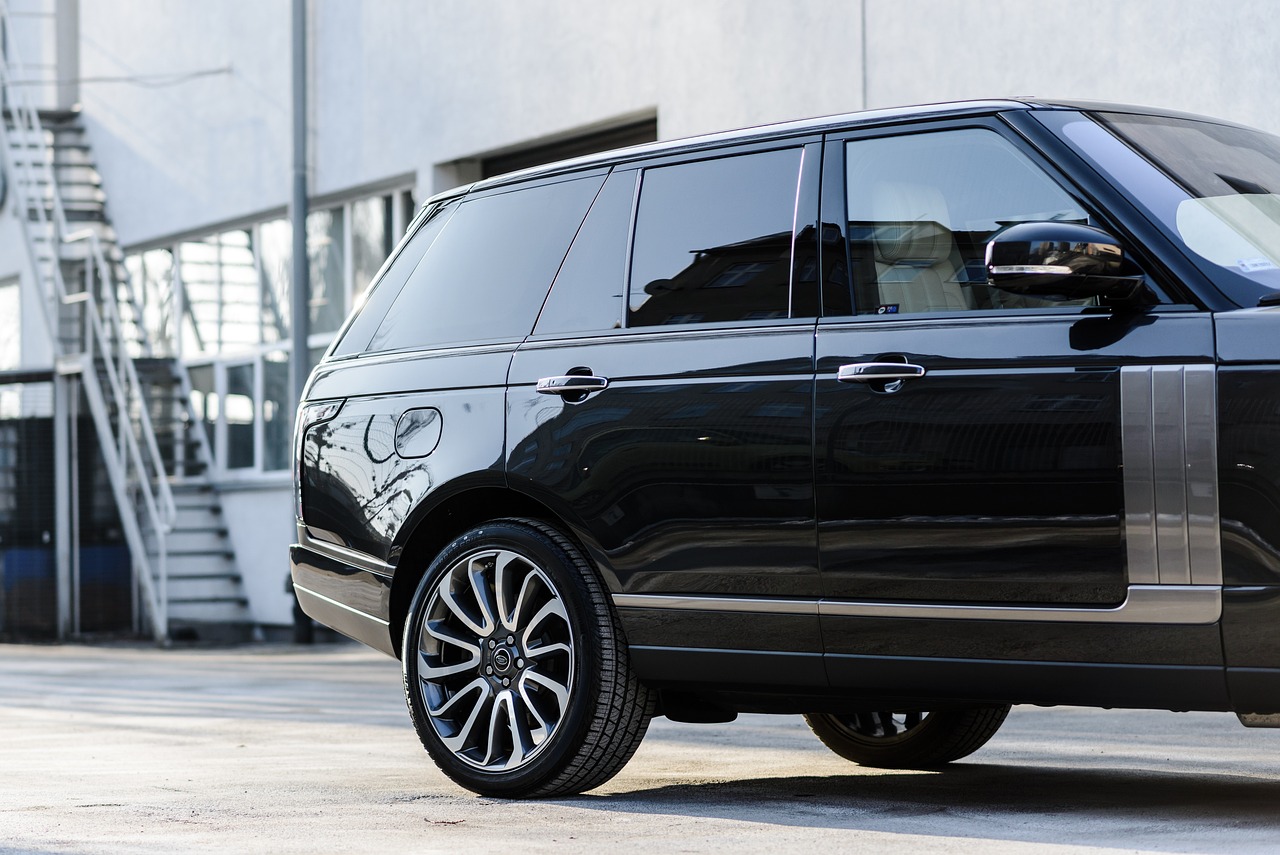The Influence of Urbanization on Car Design: Compact and Efficient Solutions
Urbanization has profoundly influenced the design of cars in recent years. As more people flock to urban areas, car designers are faced with the challenge of creating vehicles that are well-suited for navigating crowded city streets. This shift in living patterns has led to an increased demand for compact, fuel-efficient cars that can easily maneuver through traffic and tight parking spaces.
Additionally, the rise of urbanization has brought about a greater emphasis on sustainability in car design. With concerns about air pollution and greenhouse gas emissions on the rise, car manufacturers are now focusing on developing electric and hybrid vehicles that produce lower levels of harmful pollutants. This trend towards eco-friendly transportation options is not only driven by environmental concerns but also by the growing awareness and demand for greener technologies among urban consumers.
Challenges Faced by Car Designers in Urban Environments
Car designers operating in urban environments encounter a myriad of obstacles that demand innovative solutions to meet the needs of city dwellers. One crucial challenge is the limited space available for parking and maneuvering vehicles within crowded city streets. This constraint necessitates the development of compact and agile designs that can easily navigate through tight spaces without compromising on safety and comfort for the passengers.
Moreover, the increasing emphasis on sustainability and eco-friendliness in urban areas presents another significant hurdle for car designers. As cities worldwide strive to reduce emissions and embrace greener practices, car designers are tasked with creating vehicles that are energy-efficient and environmentally friendly. This shift towards sustainability requires designers to explore alternative power sources, lightweight materials, and aerodynamic designs to reduce fuel consumption and minimize the ecological footprint of automobiles in urban settings.
How has urbanization impacted car design?
Urbanization has led to an increase in congestion, limited parking spaces, and stricter emissions regulations, all of which have influenced car designers to create more compact, efficient, and environmentally friendly vehicles.
What are some of the challenges faced by car designers in urban environments?
Some challenges include designing cars that are small yet spacious, fuel-efficient, easy to maneuver in tight spaces, and equipped with advanced safety features to navigate crowded city streets.
How do car designers address the limited parking spaces in urban environments?
Car designers have been focusing on creating smaller vehicles with innovative parking solutions, such as compact dimensions, automated parking systems, and electric vehicles that can easily fit into tight parking spots.
How do car designers ensure the safety of vehicles in urban environments?
Car designers incorporate advanced safety technologies like collision avoidance systems, pedestrian detection sensors, and autonomous driving features to enhance the safety of vehicles in crowded urban environments.
What role does sustainability play in car design for urban environments?
Sustainability is a key factor in car design for urban environments, with car designers focusing on creating electric vehicles, hybrid cars, and fuel-efficient models to reduce emissions and promote eco-friendly transportation options in cities.







